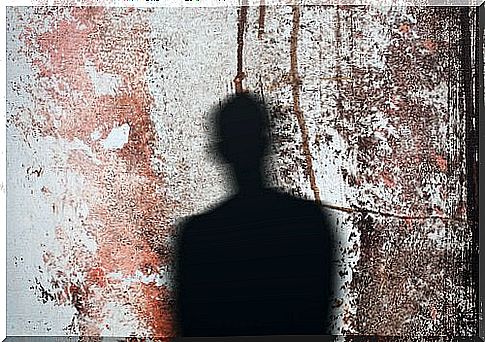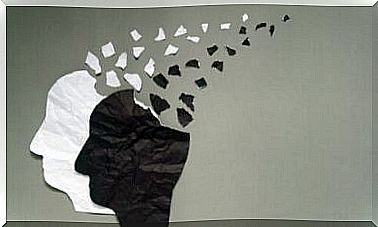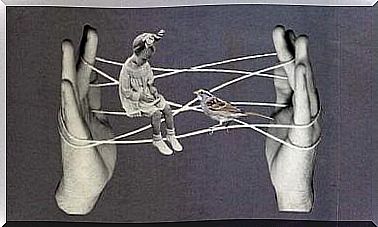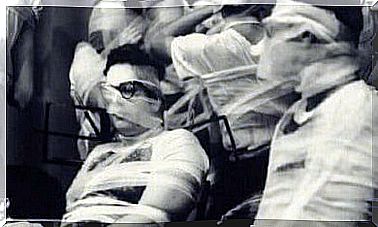Genovese Syndrome: The Solitude Of The Victim

Genovese syndrome is a concept used to refer to the psychological phenomenon whereby a person does not help, but remains immobile, when observing an emergency situation. He should give his support to another person who is in a dangerous situation, yet he does not. It seems paradoxical, don’t you think?
The name of the Genovese syndrome is due to a crime that took place in 1964 in the United States. A woman named Kitty Genovese was stabbed in front of her apartment at dawn and in front of dozens of witnesses. No one, however, did anything to save her life.
The impact of the news was such that since 1968 social psychology has tried to respond to this phenomenon. Why did the witnesses not intervene? According to the research, it appears that the odds of help from others increase markedly when there are fewer people at the scene of the crime or danger.

Genovese Syndrome
On March 13, 1964, Kitty Genovese was murdered in New York. And although there were already many examples of the loneliness of those who live in large cities and the lack of mutual interest among its inhabitants, this case has become a symbol of the social apathy that characterizes modern metropolises.
The events that gave rise to the Genovese syndrome
The report of events, according to the police report, is as follows: Kitty Genovese was returning home at dawn after a hard day’s work. She parked very close to her apartment and when she got out of the car she was attacked by a man who quickly ran towards her and stabbed her twice in the back.
His cries for help drowned in the loneliness of dawn, in the indifference of the neighbors who did not even lift a finger. After a few minutes, her attacker managed to escape, leaving her badly injured.
After a few moments, the killer returned to the crime scene and found his victim lying on the floor of the apartment building lobby and continued his cruelty for about another thirty minutes. Only after this second attack, an eyewitness decided to call the police. When help arrived, they could do nothing more to save the girl’s life. Kitty died in the ambulance that was taking her to the hospital.
The attacker of Genovese
A few days later the investigators managed to trace the attacker, a certain Winston Moseley. He was a professional train driver who was married and had three children. Pressed by the authorities, he not only confessed to Kitty’s crime, but pleaded guilty to two other heinous murders.
Moseley’s psychiatric examination showed that he exhibited necrophilic behavior and that he possessed an antisocial personality. He was sentenced to life imprisonment. The murder of Kitty Genovese caused a great commotion in the country and immediately became the subject of controversy. Above all, when it became known that at least 38 people had witnessed the attack in some of its phases.
A total of 38 citizens were spectators of a murder, but not one attempted to help the victim, no one called the police, except at the end of the assault and when the situation was irremediably compromised. But why didn’t anyone do anything to help her?

Theory of the diffusion of responsibility
The Genoese case caused a great social upheaval and gave way to numerous psychological and psychosocial studies. John Darley and Bibb Latanè thoroughly analyzed the case and developed the theory of the spread of responsibility.
This phenomenon can be explained by the principle that those who observe the scene tend to think that “someone else” will intervene, which is why in the end everyone will refrain from doing so. Darley and Latane came to these conclusions after their interesting social study.
The 3 reasons given to explain this result include:
- Viewers see that others aren’t helping either.
- They are convinced that there will always be someone more qualified than them to help the victim.
- They feel insecure or ashamed of having to expose themselves to a large number of strangers.
Final remarks
By analyzing this phenomenon, it is clear how dangerous human passivity is and how tragic its consequences can be.
In reality, if we are not aware of this reality as citizens and do not try to counter it, we can enter a situation of denial of social and mutual support.
However, the Genovese syndrome can help us become aware of the social aspects in which we can improve, so that events like that of 1964 never repeat themselves.









